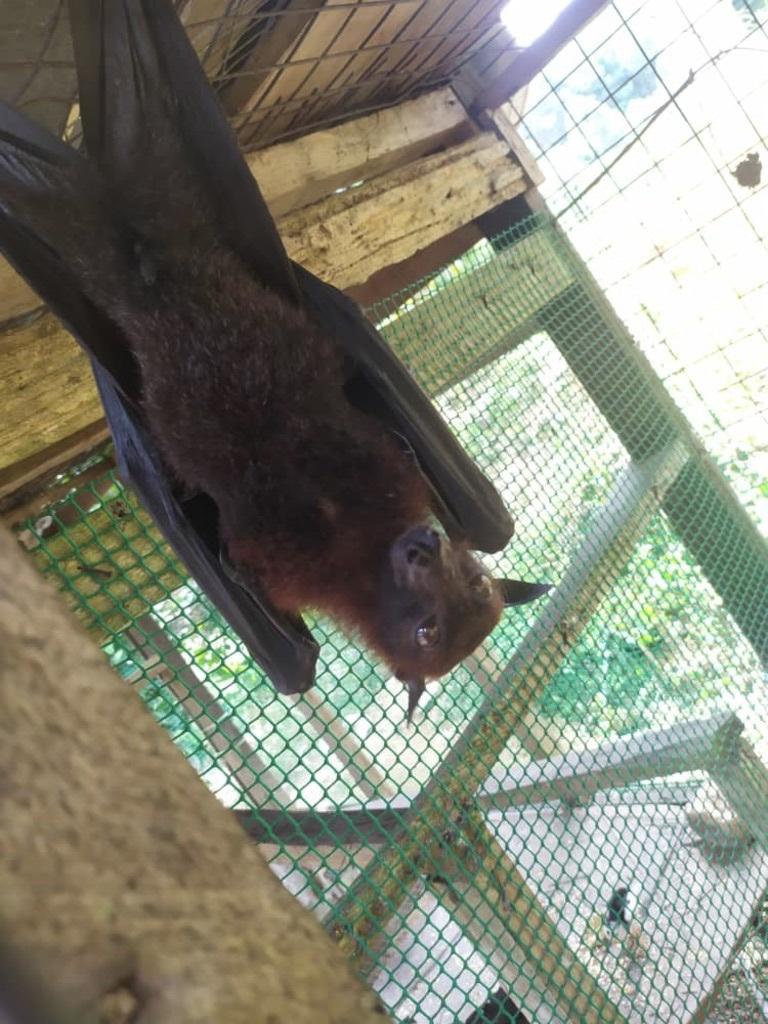Lawrence Alan Bansa
In 2008, the large flying fox, Pteropus vampyrus is classified as Near Threatened on the IUCN Red List, with remarks that the population of this species is declining and needs updating (Bates et al., 2008). Baseline data on the large flying fox, Pteropus vampyrus is limited in Sabah. The objectives of this study are 1. to determine the roosting locations, population size, and home range of P. vampyrus within the Sandakan Division and 2. to assess the hunting practices, conflicts, and consumption of this species in local communities within the Sandakan Division. The roosting sites (permanent and seasonal) and colony size will be determined through an extensive field survey. The home range will be determined through satellite telemetry for one year. Interviews with the local community will be conducted to understand the hunting practices, conflicts, and consumption of this species among the locals in this region.

With this, this study will to be able to improve the availability of scientific information on P. vampyrus in Sabah through:
1) identifying native foraging habitat critical to the survival of P. vampyrus in the Sandakan Division of Sabah through satellite tracking studies of three individuals from different roost sites to accurately identify and map key foraging areas and vegetation communities used by this species throughout an annual cycle.
2) increase knowledge of P. vampyrus roosting requirements by describing roost sites, including landscape features, ecosystem type, human accessibility, and distance to human presence. This will provide a better understanding of roost locations and assist in the protection of important roost sites in the Sandakan Division of Sabah.
3) Improve understanding of P. vampyrus population trends for future monitoring in Sabah's Sandakan Division.
4) improve understanding of hunting intensity and fruit raiding conflicts by flying foxes in Sabah's Sandakan Division for future conservation and management strategies.